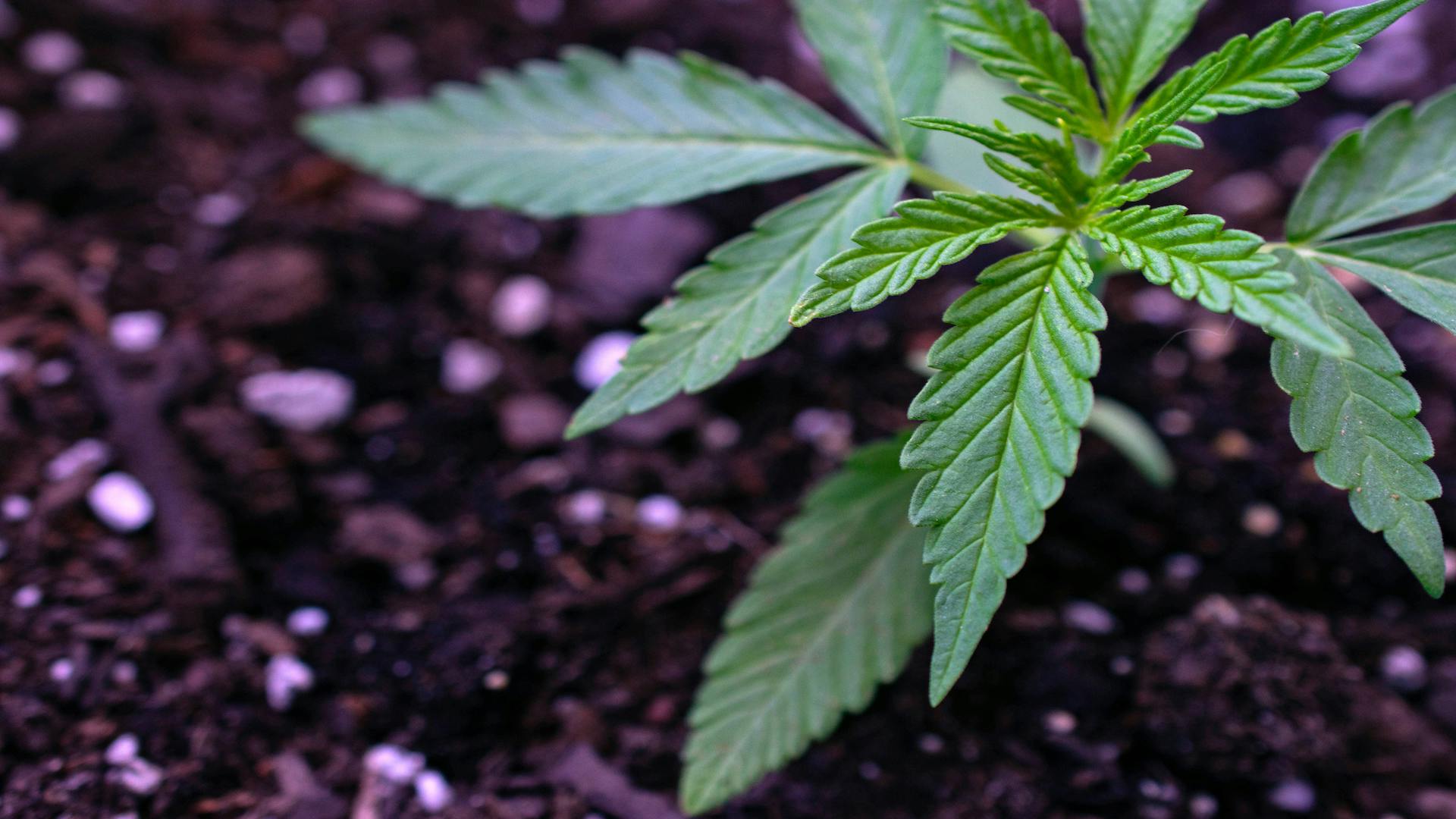CBDV, or cannabidivarin, is one of many molecules derived from cannabis and hemp plants. These molecules, commonly referred to as cannabinoids, are partially responsible for the many effects and therapeutic benefits cannabis has to offer.
CBDV is structurally similar to CBD (cannabidiol). Like CBD, CBDV is not intoxicating when isolated, so it won’t cause the euphoric high associated with high-THC cannabis.
Research has so far demonstrated that CBDV is found mainly in C. indicalandrace strains sourced from Asia and Africa, as well as strains naturally lower in THC. Strains that are high in CBD also typically tend to be higher in CBDV.
The Potential Medical Benefits of CBDV
Much of the research around CBDV has centered around its effect on seizures. GW Pharmaceuticals, which developed the first FDA-approved CBD drug called Epidiolex, is actively developing a CBDV-based drug known as GPW42006 to reduce or prevent epileptic and other forms of seizures.
Their research has shown that CBDV affects the neurochemical pathway of the capsaicin receptors involved in both the onset as well as the progression of several types of epilepsy. GW reports that CBDV has shown anti-epileptic results “across a range of in vitro and in vivo models of epilepsy.”
CBDV is also showing promise in several other areas of medicine:
- According to a 2018 rodent study, CBDV has shown promise in helping the neurobehavioral issues associated with Rett syndrome. Rett syndrome is caused by an X chromosome mutation that affects girls with seizures, speech issues, and muscle spasticity. Interestingly, CBDV seems to help with both the genetically determined and chemically-induced forms of this and similar diseases.
- In an animal study published in 2019 in the Journal of Psychopharmacology, CBDV was found to rescue memory defects in mice that have the same genetic defect as people with Rett syndrome. CBDV also helped with neurological defects, but the effects were transient.
- In a similar 2019 study published in the British Journal of Pharmacology, CBDV was found to possibly benefit patients with Duchenne muscular dystrophy (DMD). This disease is characterized by chronic inflammation and irreversible skeletal muscle damage and degeneration. CBDV may reduce inflammation and restore and even enhance muscle function. CBDV also improved locomotion, highlighting the compound’s potential as a novel therapy for DMD.
- Childhood intractable epilepsy and autism spectrum disorder (ASD) often go hand in hand. CBDV is being investigated as a potential treatment of some of the more significant ASD issues, such as repetitive behavioral problems, cognitive challenges, and communication and social functioning issues.
- CBDV may also be a powerful anti-nausea agent. Initial research on rodents shows that CBDV likely acts as an agonist to the CB1 receptors, thereby blocking the nausea response.
Although CBDV was discovered 50 years ago, research is just commencing in an appreciable way. With GW Pharmaceuticals and their CBDV clinical trials underway, this is a hopeful beginning in unlocking the secrets of another potentially powerful cannabinoid.







